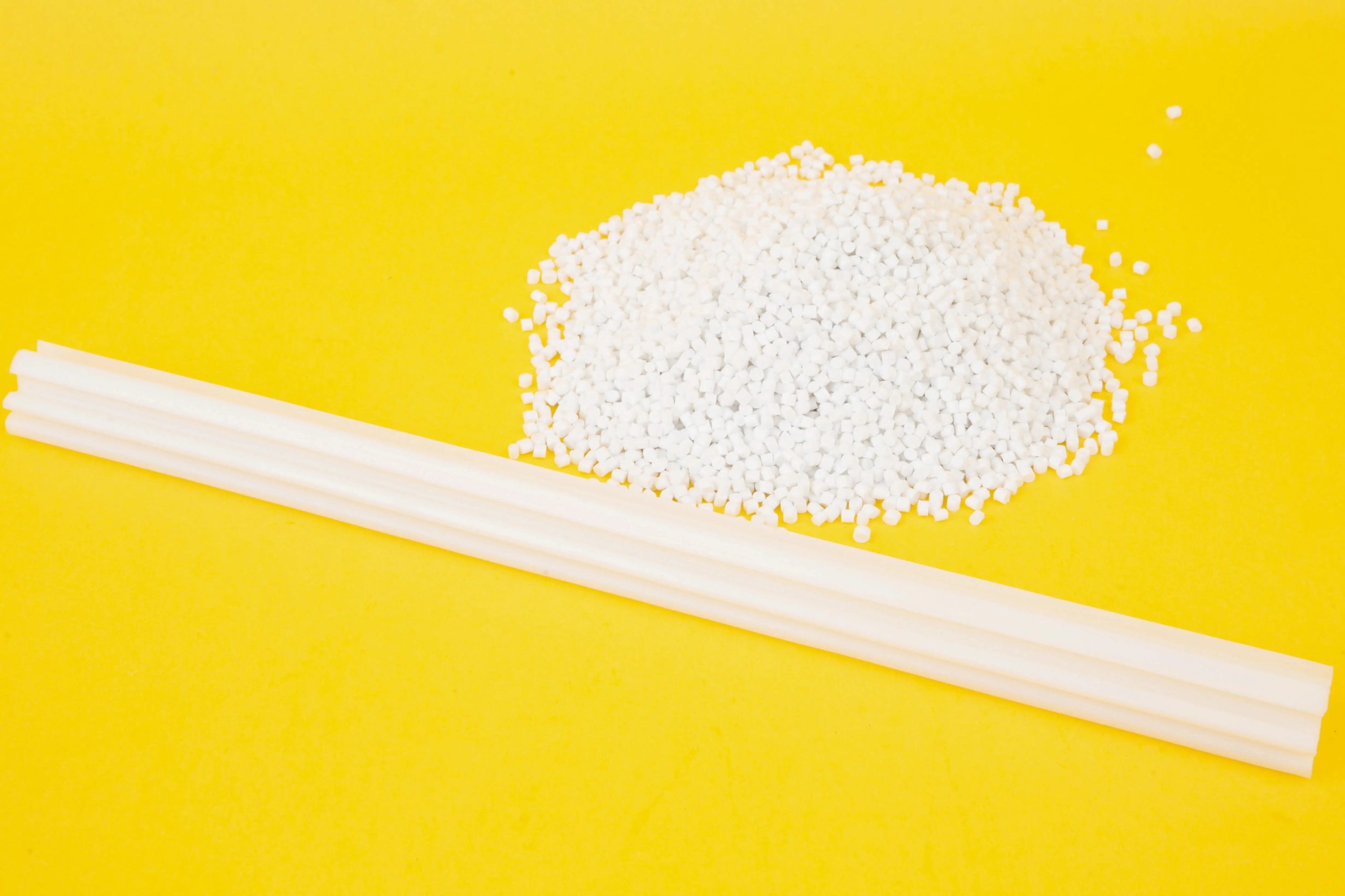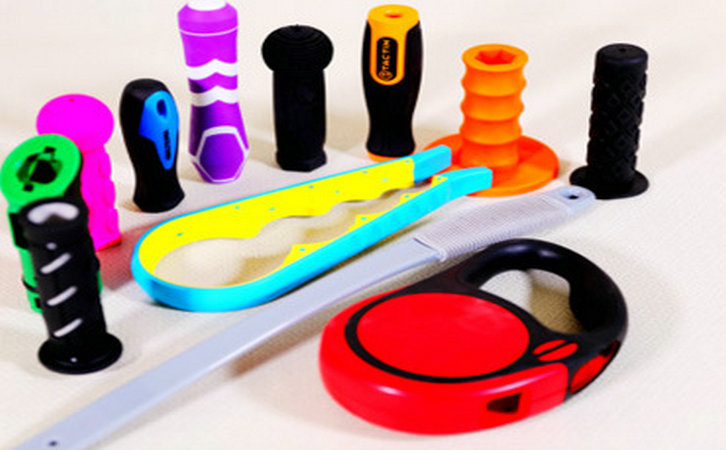After more than a decade in the plastics industry, working on everything from consumer gadgets to automotive components, I’ve come to appreciate the art and science of TPE overmolding. This process, which involves molding thermoplastic elastomers (TPEs) over a rigid substrate to create a soft-touch or durable composite part, is a game-changer for product design. But it’s not without its challenges. I’ve seen projects soar and stumble based on how well the overmolding process was executed. So, if you’re wondering what to watch out for when overmolding TPE, I’m here to share the key considerations that have guided me through countless successful projects, helping you avoid common pitfalls and achieve top-notch results.

What Is TPE Overmolding and Why It Matters
For those new to the term, TPE overmolding is a manufacturing technique where a soft TPE layer is molded over a rigid substrate, like polypropylene (PP), ABS, or even metal, to enhance grip, comfort, or durability. Think of soft-touch handles on tools, cushioned grips on electronics, or sealed automotive components. The beauty of TPE overmolding lies in its ability to combine the strength of a rigid base with the flexibility and tactile appeal of TPE.
However, getting it right requires careful planning. Poor adhesion, material mismatches, or processing errors can lead to delamination, surface defects, or costly reworks. I’ve been through enough trial-and-error scenarios to know that paying attention to a few critical factors can make all the difference. Let’s dive into the key points you need to consider for successful TPE overmolding.
Key Considerations for TPE Overmolding
Drawing from my years on factory floors and in design meetings, here are the critical factors to focus on when overmolding TPE:
1. Material Compatibility
One of the first lessons I learned in TPE overmolding is that not all TPEs bond well with every substrate. Material compatibility is crucial for ensuring strong adhesion between the TPE and the substrate. For example, SEBS-based TPEs bond well with polypropylene (PP) due to their similar chemical structures, while TPUs often adhere better to ABS or polycarbonate (PC). If the materials aren’t compatible, you risk delamination, where the TPE peels off the substrate over time.
Early in my career, I worked on a project where we tried overmolding an SEBS TPE onto a nylon substrate without proper testing. The parts looked fine initially but started peeling after a few weeks of use. We switched to a TPU formulated for nylon and added a primer to boost adhesion, which solved the issue. Always check with your material supplier for a compatibility chart and test the bond strength under real-world conditions.
2. Mold Design and Gate Placement
The mold is the heart of the overmolding process, and its design can make or break your project. Proper mold design ensures that the TPE flows evenly, bonds well, and releases cleanly. Key aspects include:
Cooling Channels: Efficient cooling prevents warping and ensures consistent TPE thickness. I’ve seen molds with poorly placed cooling channels cause uneven bonding, leading to weak spots.
Gate Placement: The gate, where TPE enters the mold, should be positioned to avoid flow marks or weak adhesion. For example, placing gates near the edge of the TPE layer can improve flow and reduce defects.
Surface Texture: A slightly textured substrate surface (e.g., via sandblasting) can enhance mechanical interlocking between the TPE and substrate, improving adhesion.
In one project, we redesigned a mold for a soft-touch grip by adding more cooling channels and moving the gate to the center of the TPE layer. This cut defects by 20% and improved cycle time.

3. Processing Parameters
Overmolding TPE requires precise control of injection molding parameters, including melt temperature, mold temperature, injection pressure, and cooling time. TPEs are sensitive to overheating, which can degrade the material or cause poor bonding. For example, SEBS typically requires a melt temperature of 180–220°C, while TPUs might need 200–240°C. Mold temperatures usually range from 20–50°C, depending on the TPE and substrate.
I once troubleshooted a line where TPE was burning at the edges due to an overly high melt temperature (230°C for an SBS-based TPE). Lowering it to 200°C and adjusting the injection speed fixed the issue, giving us clean, well-bonded parts. Always start with the supplier’s recommended settings and fine-tune based on your mold and part design.
4. Substrate Preparation
The condition of the substrate before overmolding is critical. Cleanliness and surface preparation directly affect adhesion. Dust, oils, or mold release agents on the substrate can prevent the TPE from bonding properly. In some cases, you may need to use plasma treatment, primers, or flame treatment to activate the substrate surface, especially for materials like nylon or metal.
I recall a project where we were overmolding TPE onto ABS handles. We initially had adhesion issues because the ABS parts were contaminated with mold release. After implementing a cleaning step with isopropyl alcohol and a plasma treatment, the TPE bonded perfectly. Always ensure your substrates are clean and consider surface treatments for tricky materials.
5. TPE Grade Selection
Not all TPEs are created equal for overmolding. Choosing the right TPE grade is essential for achieving the desired hardness, adhesion, and performance. For example, overmolding-grade TPEs are formulated with specific additives to enhance bonding to certain substrates. A TPE designed for PP won’t work as well on PC without adjustments. Hardness also matters—20–40 Shore A is common for soft grips, while 60–80 Shore A suits structural components.
In a consumer electronics project, we initially used a generic SEBS TPE for overmolding onto PP. The adhesion was weak, and the parts failed drop tests. Switching to a dedicated overmolding-grade SEBS with a tailored adhesion promoter solved the problem. Always consult your supplier for a TPE grade optimized for your substrate and application.
6. Part Design Considerations
The design of the overmolded part itself can impact success. Uniform TPE thickness prevents uneven cooling and stress points, while mechanical interlocks (like grooves or undercuts in the substrate) can enhance bonding, especially for materials with poor chemical adhesion. Avoid sharp corners or thin TPE sections, which can tear or fail to fill properly.
In one automotive project, we redesigned a TPE-overmolded seal to include undercuts in the PP substrate. This improved adhesion by 30% without needing a primer, saving costs and simplifying production.

Summary of Key Considerations
To help you keep track, here’s a table summarizing the critical factors for successful TPE overmolding:
|
Factor |
Key Considerations |
Impact |
Tips |
|---|---|---|---|
|
Material Compatibility |
Ensure TPE and substrate bond well |
Prevents delamination |
Check supplier compatibility charts |
|
Mold Design |
Optimize cooling, gates, and texture |
Improves flow and adhesion |
Use textured surfaces, efficient cooling |
|
Processing Parameters |
Control melt temp, mold temp, and pressure |
Ensures quality and consistency |
Start with supplier settings, fine-tune |
|
Substrate Preparation |
Clean and treat substrate surface |
Enhances bonding |
Use plasma or primers for tough substrates |
Note: Always consult your material supplier for specific recommendations tailored to your TPE and substrate.
Real-World Lessons from the Field
Let me share a couple of stories to illustrate these considerations in action. A few years ago, I worked on a TPE overmolding project for a soft-touch grip on a power tool. We chose an SEBS TPE to overmold onto PP, but the initial parts showed poor adhesion. After some digging, we realized the PP substrate wasn’t clean, and the mold’s cooling channels were unevenly distributed. We cleaned the substrates with alcohol, redesigned the mold for better cooling, and switched to an overmolding-grade SEBS. The result? A durable, well-bonded grip that passed rigorous testing.
In another case, we were overmolding TPU onto PC for a wearable device. The TPU was sticking to the mold, causing production delays. We adjusted the mold temperature to 40°C (from 30°C) and added a plasma treatment to the PC substrate. These changes improved demolding and adhesion, and the parts met strict aesthetic and durability standards. These projects taught me that overmolding success comes from addressing multiple factors—material, mold, and process—in tandem.
Practical Tips for Successful TPE Overmolding
Here’s a checklist I’ve developed over the years to ensure TPE overmolding goes smoothly:
Verify Material Compatibility: Request a compatibility chart from your TPE supplier and test adhesion with small batches before full production.
Optimize Mold Design: Work with your mold designer to ensure proper cooling channels, gate placement, and surface texture. Consider mechanical interlocks for added strength.
Fine-Tune Processing Parameters: Start with the supplier’s recommended melt and mold temperatures, then adjust based on part quality and cycle time. Use a thermocouple to monitor mold temperature.
Prepare the Substrate: Clean substrates thoroughly and consider surface treatments like plasma or primers for challenging materials like nylon or metal.
Test Early and Often: Run pilot tests to check for adhesion, surface defects, and durability. Use a peel test or drop test to verify bond strength.
Collaborate with Suppliers: Your TPE and substrate suppliers are your best allies. Ask for overmolding-grade materials and technical support to optimize your process.

Common Pitfalls and How to Avoid Them
I’ve seen my share of overmolding mishaps. Here are some common mistakes and how to dodge them:
Mismatched Materials: Using a TPE that’s incompatible with your substrate leads to delamination. Always verify compatibility and test adhesion.
Poor Mold Design: Inadequate cooling or improper gate placement can cause uneven flow or weak bonding. Invest in a well-designed mold upfront.
Incorrect Processing Settings: Overheating TPE or using the wrong mold temperature can degrade the material or cause sticking. Stick to supplier guidelines and adjust carefully.
Neglecting Substrate Prep: Skipping cleaning or surface treatment can ruin adhesion. Always clean substrates and consider primers for tough materials.
Skipping Testing: Assuming the process will work without pilot runs is risky. Test small batches to catch issues early.

Related Questions and Answers
To wrap up, here are some common questions I’ve fielded about TPE overmolding, with answers based on my experience:
Q: Can any TPE be used for overmolding?
A: No, you need overmolding-grade TPEs formulated for specific substrates (e.g., PP, ABS, PC). Check with your supplier for compatible grades.
Q: How do I improve adhesion in TPE overmolding?
A: Ensure material compatibility, clean the substrate, and consider plasma treatment or primers. Mechanical interlocks in the mold can also help.
Q: What causes TPE to stick to the mold during overmolding?
A: Sticking can result from too-cold mold temperatures or improper release agents. Try increasing mold temperature (e.g., 30–50°C) and using a compatible release agent.
Q: Can I overmold TPE onto metal?
A: Yes, but it requires a primer or adhesive layer to ensure bonding. Surface treatments like sandblasting can also improve adhesion.
Q: How do I test the quality of an overmolded part?
A: Perform a peel test to check adhesion strength and a drop test or environmental test (e.g., heat, humidity) to verify durability.
Final Thoughts
TPE overmolding is a powerful technique that can elevate your product’s functionality and appeal, but it demands careful attention to detail. By focusing on material compatibility, mold design, processing parameters, substrate preparation, and TPE grade selection, you can create parts that are both durable and aesthetically pleasing. My years in the industry have shown me that success comes from collaboration—work closely with your material supplier, mold designer, and production team to get it right. Whether you’re crafting a soft-touch grip or a sealed component, a well-executed overmolding process can set your product apart.
If you’re diving into TPE overmolding or troubleshooting a specific issue, start with small tests, lean on supplier expertise, and don’t skip the details. The world of TPEs is full of opportunities, and with the right approach, you’ll create parts that exceed expectations.





